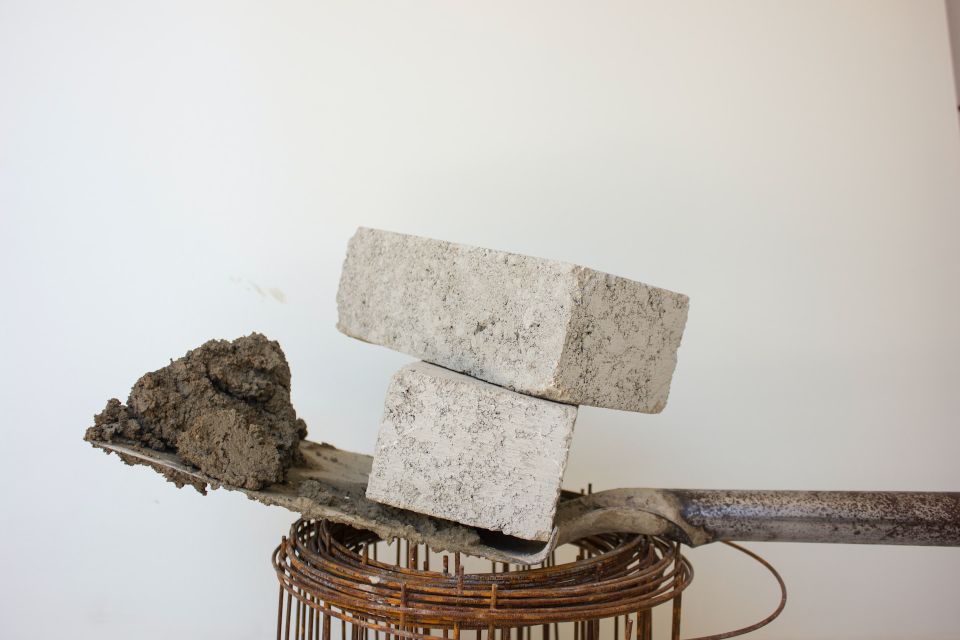The foundation of robust and enduring roadway infrastructure depends on the stability and strength of the underlying soil. Soil Cement Stabilization, an effective soil improvement method, delivers reinforced roadway foundations by blending existing subgrade materials with precise proportions of cement and water. The ensuing chemical reaction forms a rigid, compact, and resilient matrix that significantly augments the structural integrity and load-bearing capacity of the subgrade, preparing it for high-quality pavement construction.
In this comprehensive blog, we will delve into the fascinating domain of Soil Cement Stabilization, shedding light on its advantages, applications, and execution strategies within modern roadway projects. We will elucidate the chemical and mechanical principles that underpin Soil Cement Stabilization, examine the factors that impact its success, and present best practices for optimizing soil improvement efforts. Arming construction professionals with expert insights and knowledge about Soil Cement Stabilization can empower them to tackle diverse soil challenges, optimizing infrastructure investments to yield lasting benefits.
Terra-Firma Stabilization & Reclamation, a vanguard in Asphalt Pulverization, Soil Improvement & Modification, Soil Stabilization, and Full-Depth Reclamation, offers unparalleled expertise and bespoke solutions to propel your roadway projects to success. Embark on this enlightening journey as we uncover the transformative potential of Soil Cement Stabilization and learn how engaging Terra-Firma Stabilization & Reclamation' expert services can fortify your infrastructure investments, delivering enduring benefits for communities and the environment alike.
Principles and Process of Soil Cement StabilizationSoil Cement Stabilization involves blending existing subgrade materials with precise proportions of cement and water, resulting in a strong, resilient, and durable base for roadway infrastructure. The key aspects of this process include:
a. Material Selection: Evaluating the existing subgrade soils and determining the appropriate cement proportions to ensure optimal performance and compatibility.
b. Mixing Process: Incorporating cement and water into the existing subgrade soil, creating a homogeneous mixture using specialized equipment.
c. Compaction and Curing: Compacting the mixed materials to achieve the desired density and strength, followed by a curing period that facilitates the cement hydration and soil stabilization process.
d. Surface Preparation: The stabilized soil-cement layer is graded and prepared to receive the desired pavement surface material, such as asphalt, chip seal, or concrete.
Benefits and Applications of Soil Cement StabilizationSoil Cement Stabilization offers numerous advantages for roadway infrastructure projects, including improved performance, environmental sustainability, and cost-effectiveness:
a. Enhanced Subgrade Properties: Soil Cement Stabilization improves the strength, load-bearing capacity, and resistance to moisture and environmental stresses of the subgrade, resulting in a more stable and reliable foundation for pavement construction.
b. Versatility: This technique is applicable to a wide range of soil types and construction scenarios, making it a versatile option for diverse roadway projects.
c. Cost Savings: Soil Cement Stabilization utilizes existing onsite materials, reducing the need for importing expensive aggregates and minimizing soil disposal costs.
d. Environmental Sustainability: The recycling of onsite materials minimizes the negative environmental impacts associated with extraction, processing, transportation, and disposal of natural resources.
Factors Influencing the Success of Soil Cement Stabilization ProjectsThe efficacy of Soil Cement Stabilization projects can be influenced by several critical factors:
a. Soil Properties: The composition and properties of the existing subgrade soils play a crucial role in determining the suitability and effectiveness of Soil Cement Stabilization.
b. Cement Content: The optimal cement proportions depend on the specific soil type and project requirements, and accurate calculations are essential for achieving the desired results.
c. Mixing and Compaction Techniques: Proper mixing and compaction are vital to ensure a homogenous blend, optimal density, and adequate strength of the stabilized layer.
d. Climatic and Environmental Conditions: Weather patterns, temperature, and humidity can impact the success of Soil Cement Stabilization projects, necessitating careful planning and execution.
Best Practices for Successful Soil Cement Stabilization ImplementationTo ensure favorable Soil Cement Stabilization outcomes, adherence to proven techniques, and methodologies is crucial:
a. Comprehensive Site Assessment: Conduct a thorough evaluation of the existing subgrade soil properties, such as particle size, Atterberg limits, and strength characteristics, to determine the suitability of Soil Cement Stabilization and the most appropriate cement proportions.
b. Appropriate Cement Selection: Choose the right type and quantity of cement to ensure compatibility with the specific subgrade materials and project requirements.
c. Mixing and Compaction Process: Employ specialized equipment and techniques for blending cement and soil materials, followed by proper compaction to achieve the desired strength and density.
d. Quality Control and Monitoring: Implement rigorous quality control measures, including material sampling, testing, and construction practices monitoring, to optimize long-term project success and efficient Soil Cement Stabilization execution.
Reinforcing Roadway Foundations with Soil Cement Stabilization for Lasting BenefitsSoil Cement Stabilization is a powerful and versatile soil improvement method that strengthens the foundations of roadway infrastructure, ensuring high-quality pavement construction and long-lasting performance. With a deeper understanding of the principles, materials, and techniques involved in Soil Cement Stabilization, construction professionals can tackle diverse soil challenges and optimize their infrastructure investments for enduring benefits.
Partner with Terra-Firma Stabilization & Reclamation, a leader in Asphalt Pulverization, Soil Improvement & Modification, Soil Stabilization, and Full-Depth Reclamation, to leverage our unparalleled expertise and secure tailored Soil Cement Stabilization solutions that propel your roadway projects to success. Embrace the transformative potential of
Soil Cement Stabilization and join forces with Terra-Firma Stabilization & Reclamation to capitalize on this innovative technique, delivering exceptional quality, performance, and longevity for your roadway projects. Contact Terra-Firma Stabilization & Reclamation today to learn more about our comprehensive range of expert services and build upon a smarter, greener, and more cost-effective future for your infrastructure endeavors.

